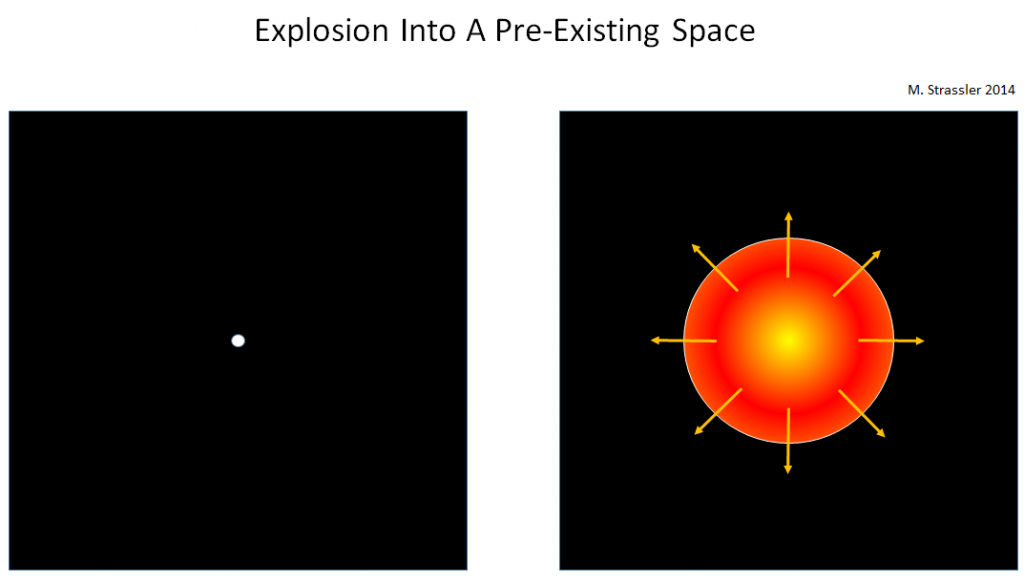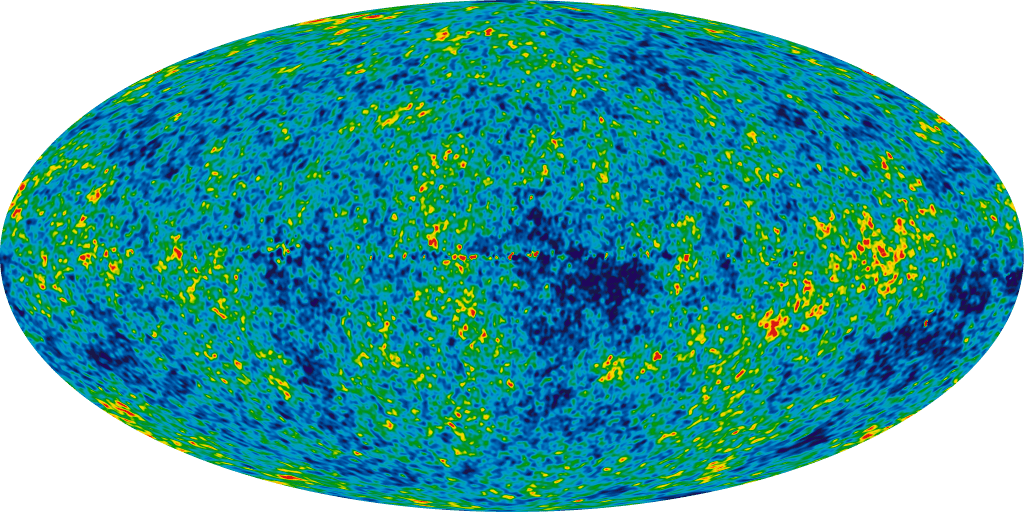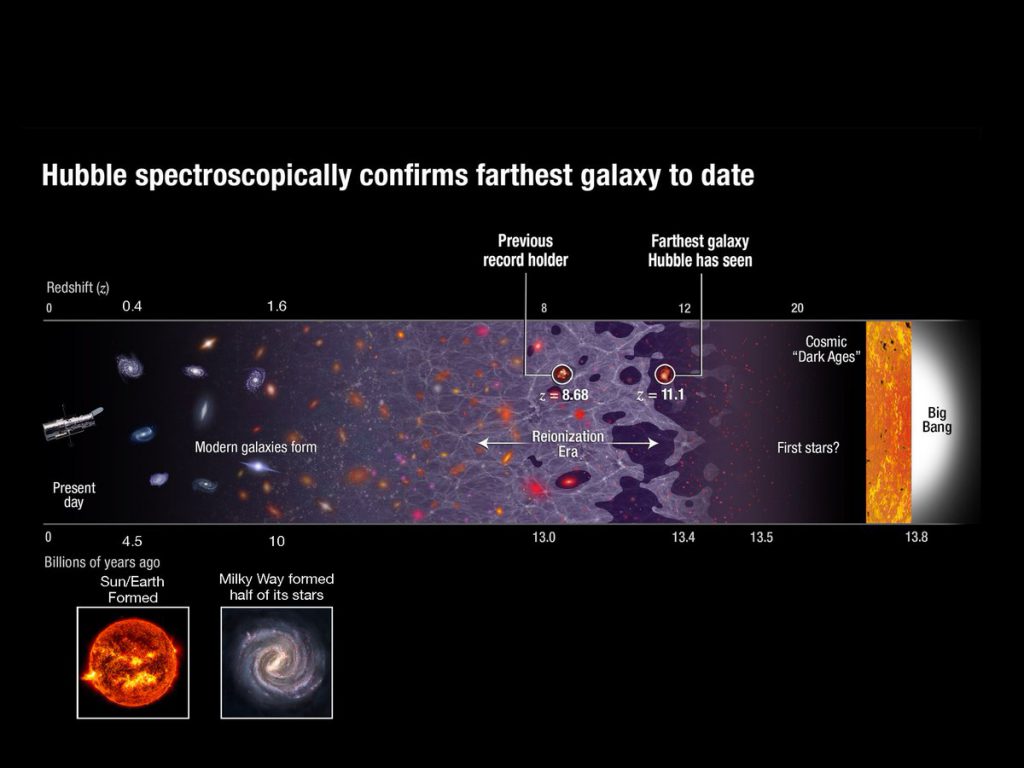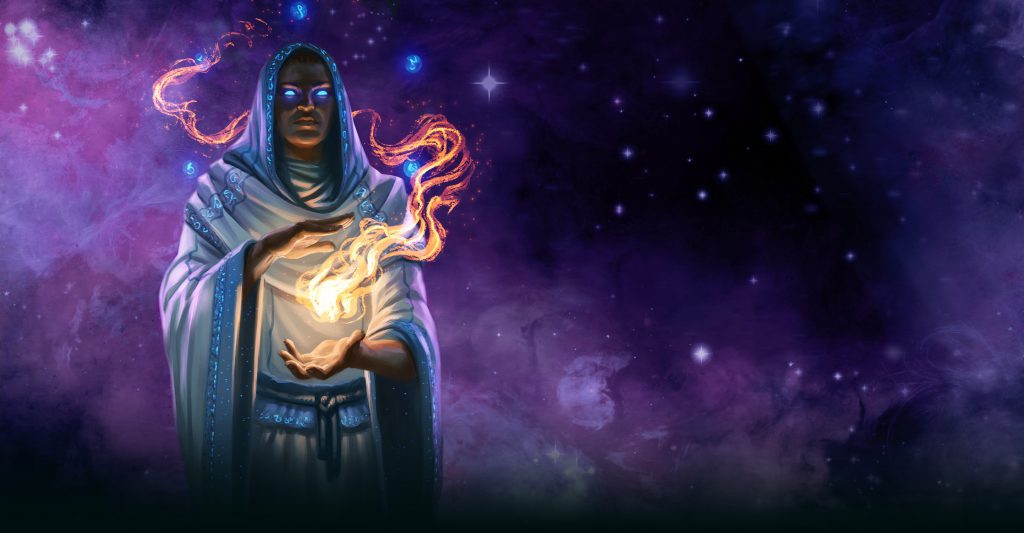1. The Big Bang was not really a bang
If there’s one thing the theory should get right, you’d think it would be this. A ‘bang’ implies an explosion, a rapid expansion of an object about some centre. But for the Big Bang, it was space itself that expanded. Imagine if you blew up a balloon and drew dots evenly spaced across the whole surface. If you blew up the balloon further, all the dots on the surface would move away from each other and spread out. In a similar way, as the universe expanded, all points in space accelerated away from all other points, with no unique centre of the expansion.

As it happens, the phrase ‘Big Bang’ was originally coined by a staunch opponent of the theory, English astronomer Sir Fred Hoyle. First used in a radio broadcast in 1949, some believe he intended the name to be derisive.
2. You can watch it on TV
And I don’t just mean the sitcom The Big Bang Theory. If you turn on an old TV with the cable pulled out, you’ll see a screen of static like the one below.

A small portion of this TV ‘snow’ is due to radiation from the aftermath of the Big Bang. Not compelling viewing I’ll admit, but cool nonetheless. This remnant radiation is known as the ‘cosmic microwave background’. You can also detect it with a special type of telescope as a faint glow across the whole sky. A relic of the huge burst of light produced by the Big Bang itself.

3. The theory got a makeover
The original Big Bang theory was first proposed by astronomer and Catholic priest Georges Lemaître in the 1920s, and gradually came to be accepted over the next few decades. However, in the 1980s some physicists in the US came up with a modification called ‘cosmic inflation’ that would better explain the large-scale structure of the universe.
The idea was that, for a miniscule period of time in the early universe, the expansion of the universe was greatly accelerated, increasing the scale of expansion by a factor of hundreds of billions. This theory is now supported by the majority of the scientific community, and agrees with astronomical observations. However, the reason behind cosmic inflation is still not fully understood. According to inflation theory pioneer Alan Guth, the culprit might be some sort of exotic material, one that causes gravity to be repulsive instead of attractive. For a brief amount of time, this repulsive gravity would have driven apart every region of space with immense force.

4. We still don’t fully understand it
There still remains the question: what happened right at the beginning – at the moment of the Big Bang? The truth is, we don’t know. In the very earliest moments of the universe, it became so hot and dense that our physical models break down. It also makes our best descriptions of the universe, quantum mechanics and Einstein’s theory of general relativity come into direct conflict, which means we need to find a way to unify these theories.
Currently, there are two main candidates for a unifying theory. One, called ‘quantum loop gravity’, predicts something called the ‘big bounce’, where the Big Bang was preceded by the collapse of a previous universe. The other, called ‘string theory’, may suggest that every few trillion years our universe collides with another in what is known as the ‘big splat’. There are many more theories out there (and many more plays on words on ‘Big Bang’), but as yet none have provided a complete explanation of the beginning of the universe.


